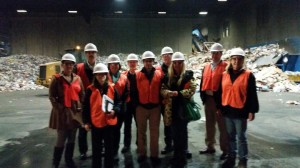We have already addressed this issue recently but it can’t be emphasized enough. As the latest post on the FTC’s OnGuardOnLine blog states, tax season is increasingly a time of year when individuals are at risk for tax identity theft or IRS imposters. Tax identity theft happens when someone uses your Social Security number to get a tax refund or a job. You usually find out something’s wrong after you file your tax return.
Also, IRS imposters work year-round — posing as the IRS when they call and say you owe taxes. They even threaten to arrest you if you don’t put money on a prepaid debit card and tell them the card number. They might know all or part of your Social Security number, and can fake caller ID information to make it look like it really is the IRS calling. But it’s not. Ever.
Want to know what you can do about these scams? January 26th-30th is Tax Identity Theft Awareness Week. That week, the FTC, AARP, and the Treasury Inspector General for Tax Administration (TIGTA) will be hosting a webinar. Join us to get the facts about these scams and learn how to protect yourself and those you care about:
Webinar on Tax Identity Theft and IRS Imposter Scams
Hosted by the FTC, AARP, and TIGTA
Open to everyone
Tuesday, Jan. 27th 2:00-3:30pm EST
Find login information, as well as articles and other resources, at ftc.gov/taxidtheft.
For more information on best practices to stay safe from identity theft, please visit www.hvshred.com

